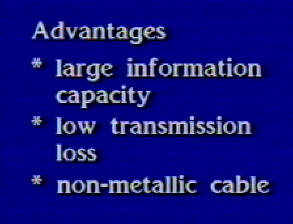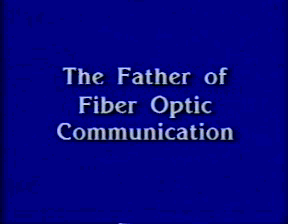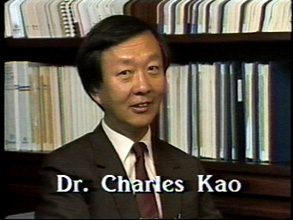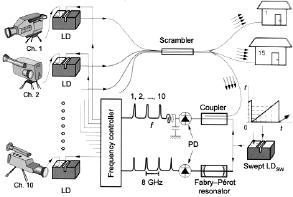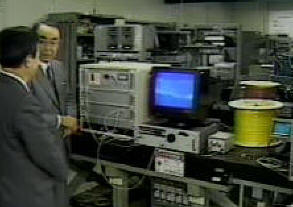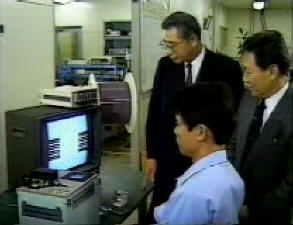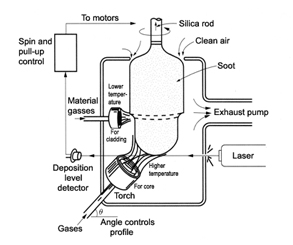Video Clips
Axi-vision Camera and 3D Television
In collaboration with the NHK team, Iizuka's team invented the Axi-Vision Camera,
which is a 3D television camera that can capture depth images simultaneously
with the color image. Click the demo buttons to view various effects created
by means of the Axi-Vision Camera.
For further details please refer to the electronic online journal Optics
Express of the Optical Society of America http://www.opticsexpress.org/abstract.cfm?URI=OPEX-12-12-2781
Fiber Optic Labs from Around the World
Iizuka produced "Fiber Optics Labs from Around the World," an educational
video sponsored by IEEE, to give viewers the opportunity to visit word renowned
research centers and explore the latest developments in fiber optics. Click
the buttons in the sections below to view segments from this video, posted with
permission from IEEE.
 |
| Copyright © 1994 IEEE. Reprinted from “Fiber
Optics Labs from Around the World,” IEEE Educational Video Productions,
1994. This material is posted here with permission of the IEEE. Internal
or personal use of this material is permitted. However, permission
to reprint/republish this material for advertising or promotional
purposes or for creating new collective works for resale or redistribution
must be obtained from the IEEE by writing topubs-permissions@ieee.org.
By choosing to view this document, you agree to all provisions of
the copyright laws protecting it. |
|


